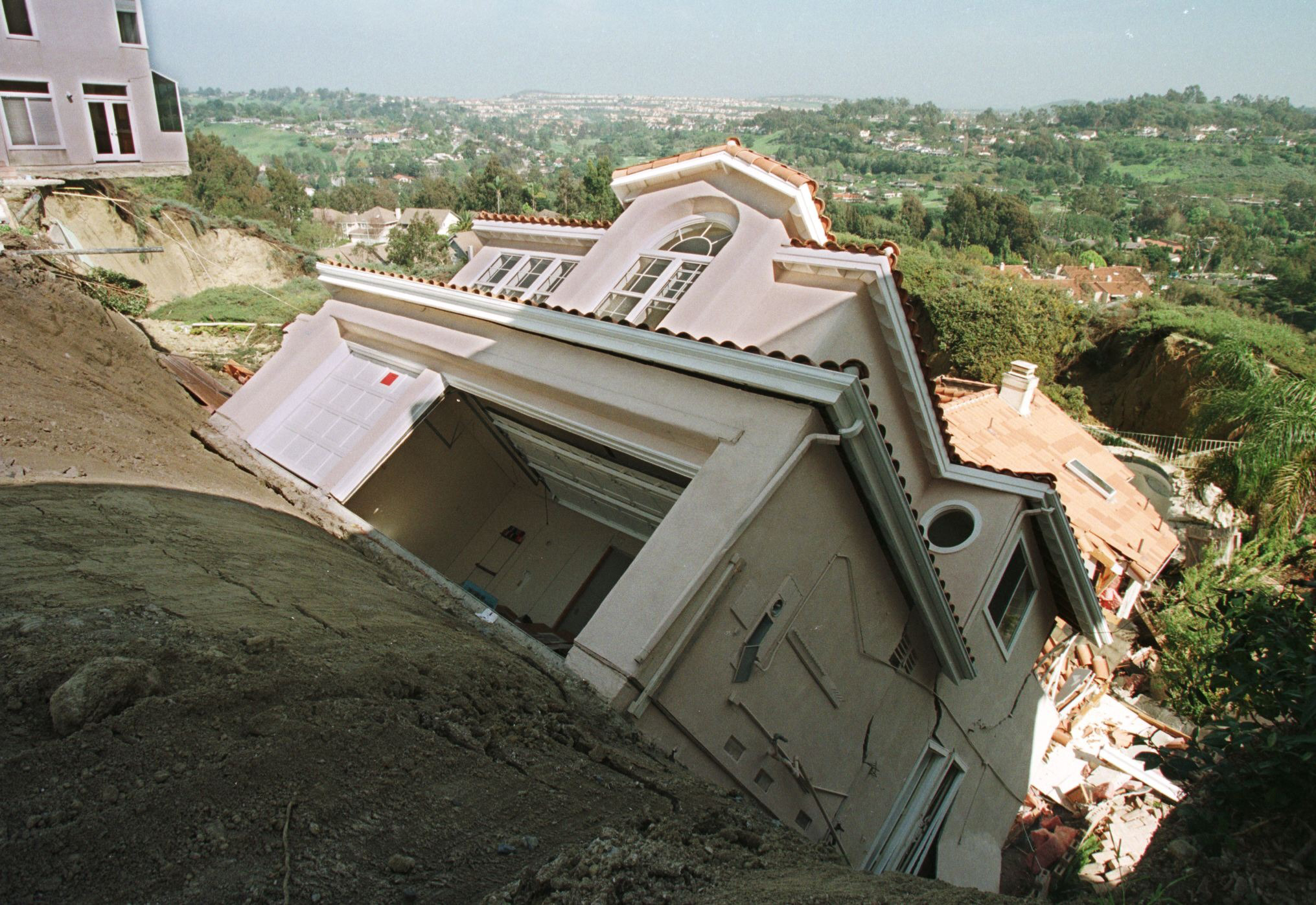
The English translation sounds innocuous–“the boy child”–but El Niño packs a wallop. The climate phenomenon, which is expected to last through May, promises a torrent of extreme events, including drought and heavy rain, famine and flooding. And climate experts say this El Niño may become the strongest ever recorded.
“It’s hard not to have a doom-and-gloom scenario,” says Michael Glantz, an El Niño researcher at the University of Colorado Boulder. “There are certain areas that get slammed, and these places are in deep trouble.”
El Niño is a semiregular event, triggered when sea surface temperatures along the equator in the Pacific Ocean rise by an average of at least 0.9°F (0.5°C) for three straight months. The warmer water changes how air circulates around the globe, altering day-to-day weather patterns. During the fall, sea surface temperatures rose more than 3.6°F (2°C) above baseline levels–enough to all but guarantee that this El Niño will be historic.
The effects of El Niño vary dramatically from place to place. Dry conditions that lead to drought tend to persist in Southeast Asia, Australia and southern Africa, whereas torrential rain usually strikes parts of North and South America. But while El Niño–related weather events may differ with location, temperatures will remain consistently above average around the globe. The year 2015 is on track to be the warmest on record, owing in part to the start of this El Niño, and experts say 2016 will likely be even hotter.
There will be some positive effects. Already the changing weather patterns have led to more rain in parched California, which had been suffering a record-breaking drought. But for the most part, this El Niño will be deeply disruptive, especially to the people who can least afford it in countries like Ethiopia, where a drought has contributed to food shortages, and Peru, where landslides could destroy neighborhoods.
“You’ll feel the direct impacts into the spring,” says Glantz. “For some countries, you’ll feel the indirect impacts for five years, a decade.”
More Must-Reads From TIME
- The 100 Most Influential People of 2024
- The Revolution of Yulia Navalnaya
- 6 Compliments That Land Every Time
- What's the Deal With the Bitcoin Halving?
- If You're Dating Right Now , You're Brave: Column
- The AI That Could Heal a Divided Internet
- Fallout Is a Brilliant Model for the Future of Video Game Adaptations
- Want Weekly Recs on What to Watch, Read, and More? Sign Up for Worth Your Time
Write to Justin Worland at justin.worland@time.com